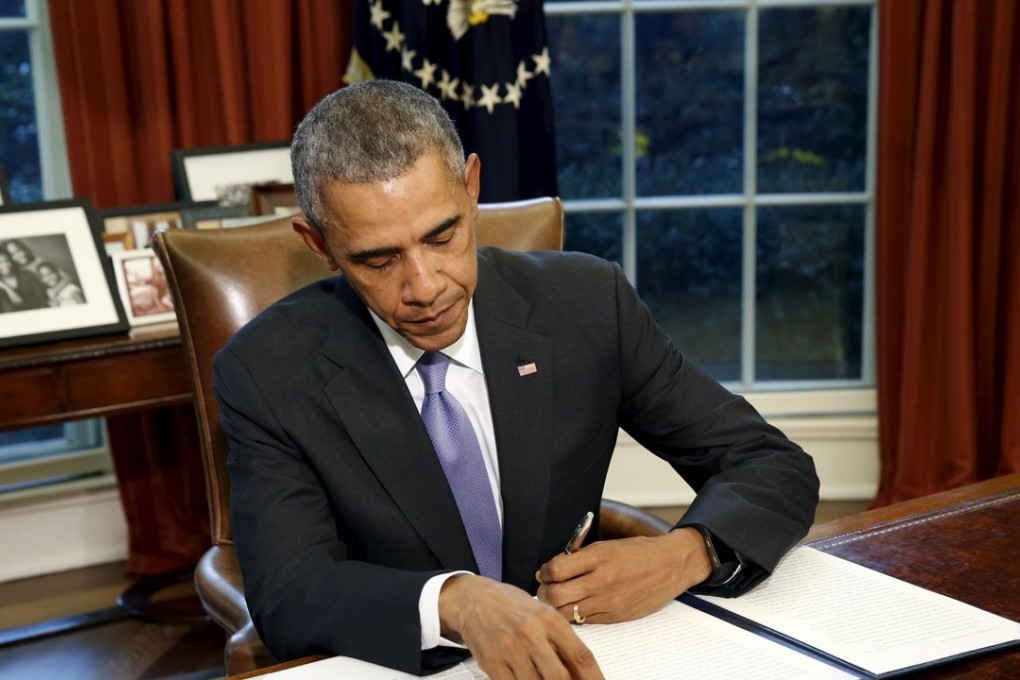‘The US, not China, should write the rules of the global economy’: Is Beijing ready for a new Asia-Pacific trade pact led by the US?
The Trans-Pacific Partnership will have a strong systemic impact on China and potentially transform the future of global trade - but Washington wants to be the one steering the ship to secure Obama’s legacy

When the exclusive “TPP club” concluded their negotiations in Atlanta, the United States in the first week of October, most Chinese were still celebrating their National Holiday.
Although the economic damage to China from the Trans-Pacific Partnership - a trade pact led by the US, Japan including 10 other countries from the Asia-Pacific region - will probably be minimal, it could have a powerful systemic impact on the country and the future of global trade.
Moreover, it was by no accident that China has been excluded from the group. The strategic reason for this is, as US President Barack Obama has openly said: “The US, not China, should write the rules of the global economy.”
But the pace of negotiations has been driven by tactical considerations: Obama wants the TPP in his legacy basket.
Although bringing China would make economic sense for the US to boost its economy, Obama worries that getting China on board might drag the negotiations longer than his time in the White House.
Moreover, the geopolitical significance of the TPP vis-a-vis China is a convenient card for Obama to sell the deal to US Congress.
Should China panic? Not at this moment. The TPP won’t have any immediate impact on China until it is ratified by the parliaments of all 12 countries.